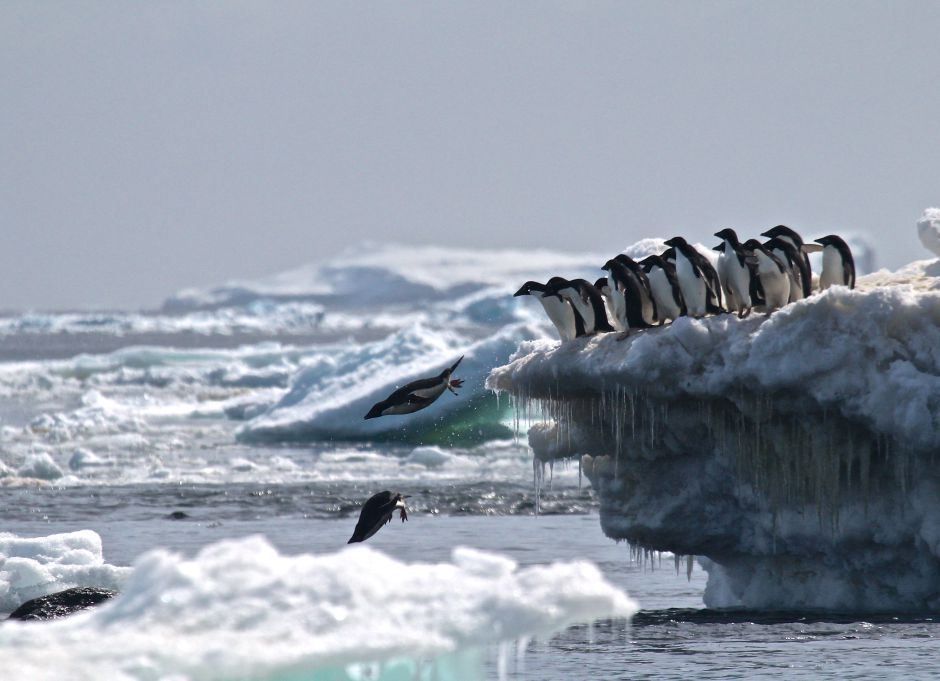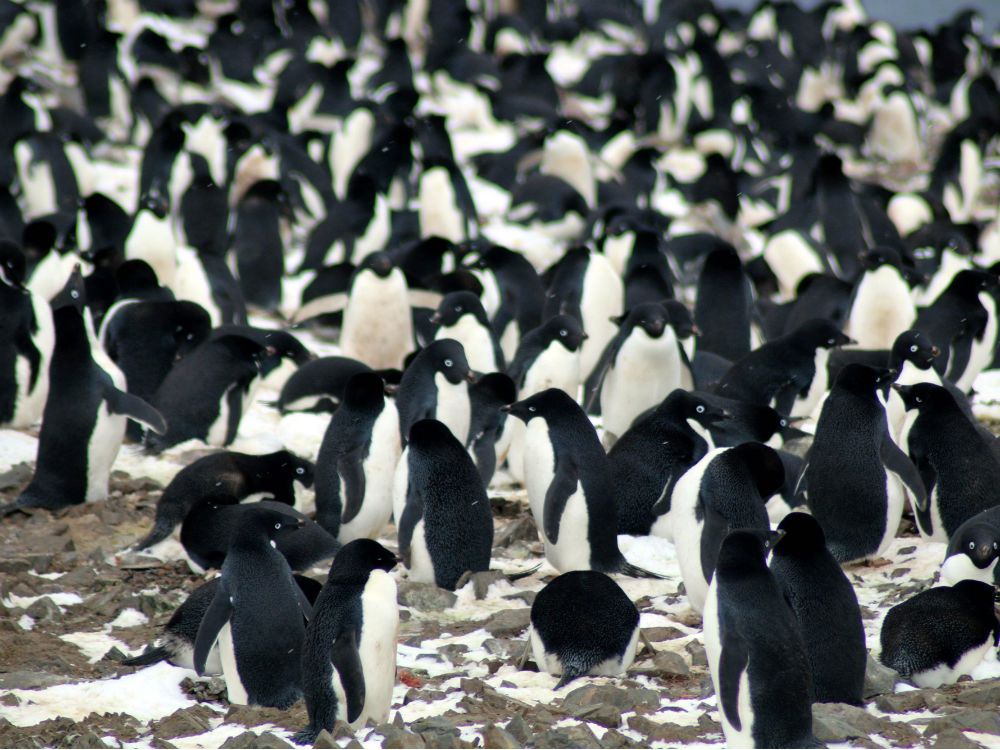Whenever someone asks me what my favorite animal is, my rapid fire answer has always been penguins.
Since I was young, the waddling, flightless birds held a special place in my heart. It stemmed from watching the documentary, March of the Penguins, where I was fascinated over their extensive walk just to have a singular offspring.
It wasn't long after I heard the devastating news that certain breeds were classified on the endangered species list, which was thought to include Adélie penguins.
However, that tidbit of data has since been refuted, as scientists have found a 'supercolony' of 1.5 million Adélie penguins in the Danger Islands, which is off the Antarctic peninsula.
I know what you're thinking: how do you miss a whopping 1.5 million number of penguins?
Well, according to the National Post, scientists only discovered them in 2014 after patches of their feces were picked up by NASA satellites. Scientists then calculated the enormous number using drone technology.
In December 2015, researchers went on an expedition to study the hidden metropolis of penguins, which had gone undetected due to the far off distance of the islands and the dangerous waters encompassing them, said Heather Lynch, associate professor of ecology and evolution at Stony Brook University, New York, and lead author of the study.
"When we first got these pixels of guano, I thought it might be a false alarm," Lynch told The Wall Street Journal. "It wasn't. We had massive penguin colonies that had not been known to exist."
"This is the biggest colony discovered recently. It is a huge number of penguin," Dr. Tom Hart of the University of Oxford added. "The weirdest, most surprising and incredible thing is that, in this day and age, something so big can go unseen."
But that wasn't the only impressive bit of information.
Due to mass starvation, changes in weather and sea ice patterns, thousands of Adelie penguins died between 2010 and 2017, forcing scientists to classify the animals as an endangered species.
"Until recently, the Danger Islands weren't known to be an important penguin habitat," Lynch said.
Despite the impact of climate change, the study published in Scientific Reports state that the population of Adelie penguins on the Danger Islands has been stable for nearly 60 years.
"Not only do the Danger Islands hold the largest population of Adelie penguins on the Antarctic peninsula, they also appear to have not suffered the population declines found along the western side of Antarctic peninsula that are associated with recent climate change," said Louisiana State University Professor Michael Polito, who co-authored the study.

Despite being overlooked, there are a staggering 751,527 pairs of penguins living on the Danger Islands, which is more than the rest of the Antarctic Peninsula combined.
I think people have got used to knowing where things are, so they stop looking. The penguins have been there all along," Hart said.
"This is not new to the penguins "” they are quite happy living their lives out there. This is new to us and it is just a fact that we have overlooked them," he concluded.
Are you amazed 1.5 million penguins have been overlooked until now?


